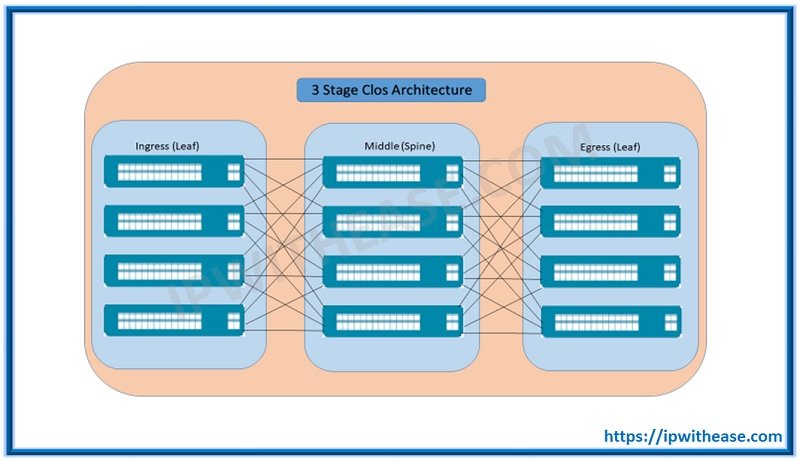Now in this digital era, computers and processors are inevitable. They have been helping us with all our day-to-day activities. But do we know them well? The answer is no. Because most of the terminology used among the tech-enthusiasts is vague and confusing.
After the rapid development in the processor technologies, a new jargon ‘Multi-Processor’ is added to this technical dictionary here in this article I am going to discuss the Multi-Processors and their types.
Are you interested to know about the difference between the Symmetric and Asymmetric Multi-Processor? Then continue reading the article.
What is Multiprocessing?
To understand it you should clear of what is Processing or Processor.
In our computer, there is a processor called CPU (Central Processing Unit), which is responsible for controlling other components of the computer and receive the signal from the Input or Output (I/O) Devices and executes the task. The CPU in personal computers is an example of single processing.
When a computer or device uses more than one CPU or Processor it is called a Multi-Processing. Multi-processors are classified into the following two types based on their nature of work.
- Asymmetric
- Symmetric
Let’s see about them in detail –
What is Asymmetric Multiprocessing?
Asymmetric multi-processing refers to the use of two or more processors to do multiple operations following the Master-Slave relation. In this type of Multi-processing two or more computers or processors are interconnected. But not all of them are self-scheduling or independent.
In the group of computer network, there would be a master Processor which commands the other processor the tasks. And only the master processor runs the task of the Operating System (OS).
The master processor control and assign the tasks to the other Slave processors as per the Admin needs. Here all the processors are not treated equally. This type of processing is on the advantage when the user needs to assign specific tasks to the CPU based on the Priority.
If the master processor fails, one slave processor is assigned as the master processor and it assigns and carries the task. In case a Slave processor failed another Slave processor will replace it.
What is Symmetric Processing?
Symmetric Processing is the scenario where all the processors are treated equally and communicate using the shared memory. There is no master-slave relationship all the processors take part in the operating system tasks.
All the new tasks will be added to the Common queue, each processor will start executing them, and they also will have their private queue. And it is the responsibility of the scheduler to ensure that two Processors work on the same tasks.
Symmetric Processing is the best choice for balancing the large load of tasks and fault tolerance and also reduces the chances of a CPU bottleneck.
Difference between the Symmetric and Asymmetric Multiprocessing:
The major difference between Symmetric and Asymmetric processing is the master-slave relationship. But there is still more difference let’s see them one by one.
PARAMETERS | SYMMETRIC PROCESSING | ASYMMETRIC PROCESSING |
| Relationship | All the processors are equal and treated as the same. | Not all the processors have equal precedence |
|
Approach
| It uses the ready queue approach. Once a processor gets free it picks a job from the job queue | It follows the master-slave approach. The master processor assigns the job to other processors. |
|
Cost | It is costlier in implementation | It is comparatively cheaper and easy to install. |
| Operating System Tasks | All the processors can take part in the OS tasks based on availability. | OS tasks are carried only by the master processor. |
| Communication | All the processor communicates between them using the shared memory. | There is no communication overhead; all the processors are controlled by the master processor. |
| Design | Symmetric processing is complex in design | It is simple and easy to understand. |
| Architecture | All the processors have the same Architecture. | The architecture may vary for each processor. |
| Effect in Failure | If a processor is failed or stopped working the overall capacity of the computer drops. | The failed master processor is replaced by another slave processor and if a slave processor its tasks are switched to others. |
Download the comparison table: Symmetric vs Asymmetric Multiprocessing
Conclusion
The multiprocessing can be of two types Symmetric and Asymmetric which differ in the way they work. In symmetric processing, all the processors are equal, where asymmetric processing has a master-slave relationship. However, both the processors help to boost the system’s speed and performance.
If you have any more questions please leave them in the comment section.
Continue Reading:
How to upgrade the motherboard?
Device Driver and Firmware: Know the difference
ABOUT THE AUTHOR

You can learn more about her on her linkedin profile – Rashmi Bhardwaj



